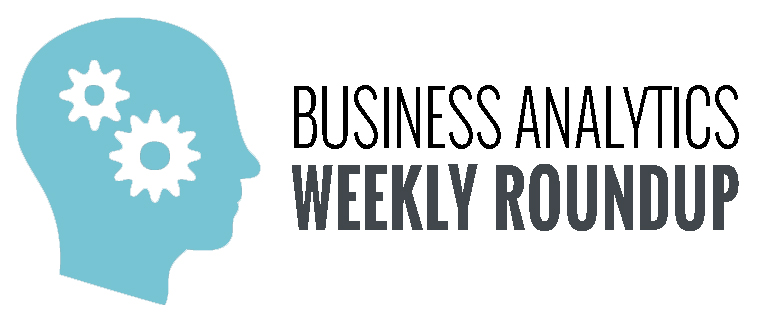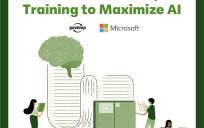“…cities should start with a data driven performance program – in many cases this may be transactional data that is collected at the agency level – then cities should introduce basic data mining and analytics to identify the root cause of specific service challenges. From there, cities can advance to predictive data analytics to solve more complicated and systematic problems…”
In this article, Stephen Goldsmith, a Daniel Paul Professor of the Practice of Government and the Director of the Innovations in Government Program at the Harvard Kennedy School, discusses performance measurement, job creation, and cloud computing. He makes some valid points about how cities should taking baby steps when it comes to implementing a performance-based budgeting initaitive. To learn more about the benefits of such a program, I recommend checking out our white paper on the topic.
 2. Governing.com, “How States Can Better Manage Their Fiscal Futures,” by Patrick Mallory
2. Governing.com, “How States Can Better Manage Their Fiscal Futures,” by Patrick Mallory
Every year, state legislatures across the country draft, debate and approve their operating budgets for the year ahead (or two years for those that operate on biennial budgets). Weeks of debate and controversy establish policy and program priorities and levels of spending for everything from education to transportation to social services. Unfortunately, however, that’s where too many states end their fiscal planning.
I was shocked to learn that “only 18 states project spending beyond the upcoming budget, and only 13 provide detail at the agency or budget function (education, health care, etc.) level,” as cited in a recent report from the Center on Budget and Policy Priorities. While Patrick summarizes this recent report well, I recommend going to the original source or reading this case study of a successful forecasting system for detailed insight into budgeting for the future.





Leave a Reply
You must be logged in to post a comment.